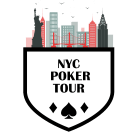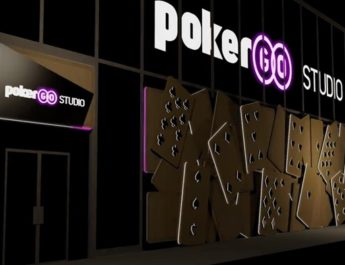At the casino where I usually play, some people know about my past success in tournament poker, and some don’t. There is one woman who I’ve played with over the years that knows about my history and we often get to talking about tournaments. Usually she’ll reminisce about the past and how the World Series of Poker main event used to be a $10,000 buy-in with a ceremonial $1 entry fee.
Additionally, there was a lavish buffet every day of the event for dinner. This was back when the Horseshoe in downtown Las Vegas played host to the summer series and was still run by Benny Binion. I think it’s fair to say that things have changed quite a bit since then.
In those days, poker tournaments were offered as a loss leader. In other words, you would get people in the door for this big event, a $10,000 buy-in tournament, and hope they would spend their winnings and other cash in the sportsbook or the pit. Not expecting to make a profit on tournaments went out the window many years ago, but rake has evolved over time to meet market demands.
Back then, there were just a few tournaments a year, mostly catering to high rollers. Now there are bigger poker tournaments pretty much everywhere on a daily basis, not just Las Vegas, and often multiple major tour events that you have to pick between. The poker tournament market has shifted from loss leader into a profitable venture.
In addition to that, players have demanded more chips and slower structures… and they’ve gotten them. As a result of slower structures and more chips, there has been a huge increase in the length of each of these festivals, along with more dealer and staff hours to make sure they’re properly run. This isn’t an online tournament where you get a couple more servers online as demand increases. You have to have bodies in the dealer chairs and in the floor persons’ suits. This costs money, and that extra cost burden is shouldered by the customer.
Where the WSOP used to rake $1 per $10,000 main event entry, the buy-in is still $10,000 but only $9,400 goes to the prize pool for a total of $600 in fees per entry. That being said, the 6 percent rake (4.2 percent entry fee and 1.8 percent for staff) is downright affordable compared to smaller buy-in events.
For instance, the WSOP ran a $600 buy-in event that was $525 + $75 for a 12.5 percent rake (8.75 percent entry fee and 3.75 percent for staff), and they’re not even close to the most egregious rakers in Vegas over the summer.
The Venetian, which held the massive 136-event DeepStack Championship Poker Series, ran a $600 buy-in tournament that was $510 + $90 for 15 percent rake and a $200 buy-in tournament that was $160 + $40 for 25 percent rake.
This all leads us to, possibly the highest-raked tournament in the history of poker… but also possibly the lowest-raked tournament since the early days of the WSOP? The Venetian is now offering a $225,000 total prize pool series in October. You read that right, total prize pool.
Any buy-ins over the total prize pool go directly to the house, not to the prize pool. For example, if the centerpiece $150,000 total prize pool tournament gets 500 entries, the house will have to shell out $25,000 in overlay to cover the prize pool. If it gets 600 entries, it’s a $0 rake tournament.
While great for the players, both of those outcomes are obviously unsustainable for the casino. If the tournament gets 700 players, they’ll approach their normal rake, and if they get 800 players, the rake will be a very player-unfriendly 25 percent.
Additionally, for every $250 in buy-ins spent during the series, players receive a raffle ticket to a $52,000 drawing (You must be present when the drawing is made.) All of this information is transparently available on the structure sheet and, in fact, is present in the name of the tournament itself.
I don’t personally think this is the greatest prize structure for a tournament. It’s essentially the PokerStars-ification of live tournaments, basically turning this event into something akin to a Spin-N-Go. Frankly, I’m not surprised that the Venetian has been getting a bunch of blowback for this idea, but I am surprised there isn’t more of a fuss made about the rake throughout the rest of the year.
I’ve heard many poker players say that the market will determine whether this tournament is a success or not. But let’s not forget that the market determined that the WSOP could go from a .01 percent rake on the main event to a 6 percent rake, and players still come in droves. Hell, the market also determined that casinos could charge 25 percent rake on small buy-in tournaments without anybody really batting an eye.
Source: cardplayer




